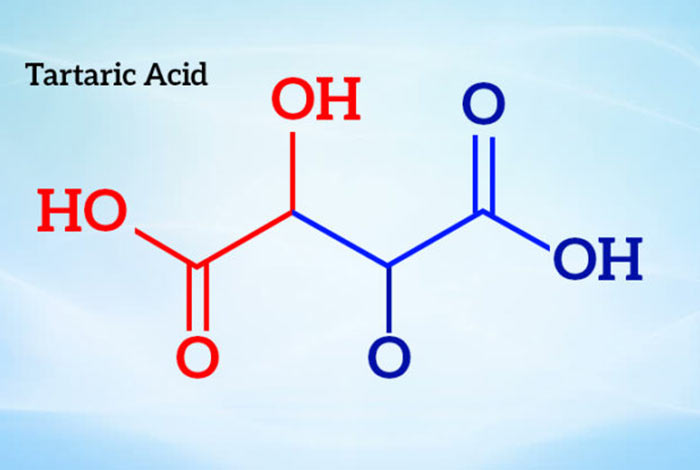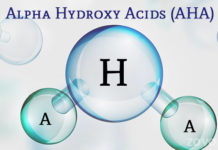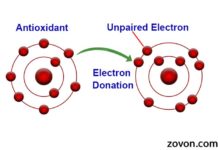Chemical Structure and Composition:
-
Molecular formula
C4H6O6
Molar mass
150.086 g/mol
Chemical name
2,3Dihydroxybutanedioic acid

Types of Tartaric Acid:
Tartaric acid exists in three stereoisomeric forms:
- Levorotatory tartaric acid (L-tartaric acid) is a chiral (non-super imposable mirror images) of tartaric acid which is mainly used in the production of pharmaceutical products.
- Dextrorotatory tartaric acid (D-tartaric acid) is found in fruits like cranberries and grapes which is widely used as an agent for acidizing process in beverages.
- Racemic tartaric acid is the optically inactive form of tartaric acid and is a mixture of 50-50 portion of D and L-tartaric acid.
- Meso tartaric acid is formed in the thermal isomerization of d-tartaric and l-tartaric acid. It is used to make baking powder and cream of tartar.










